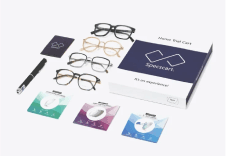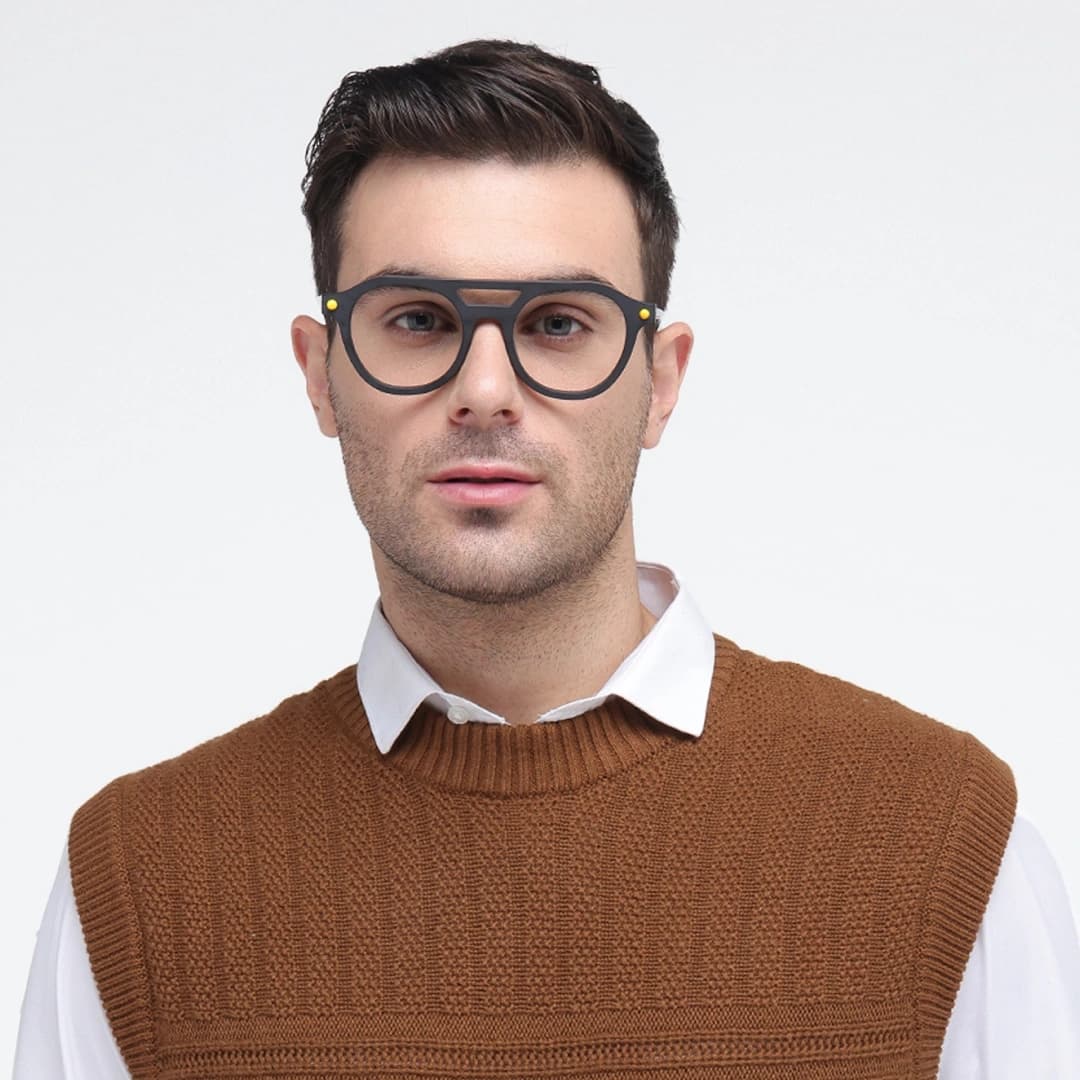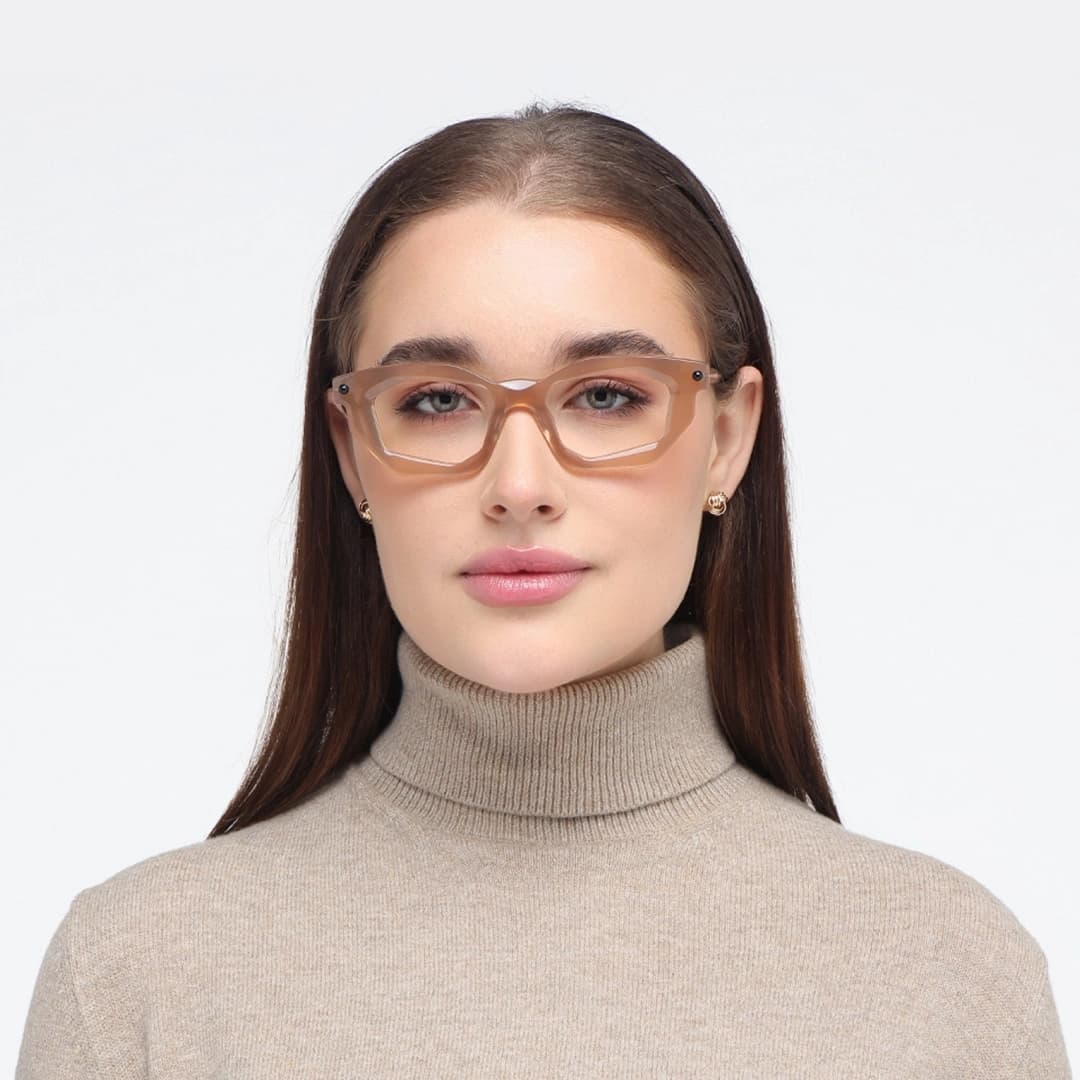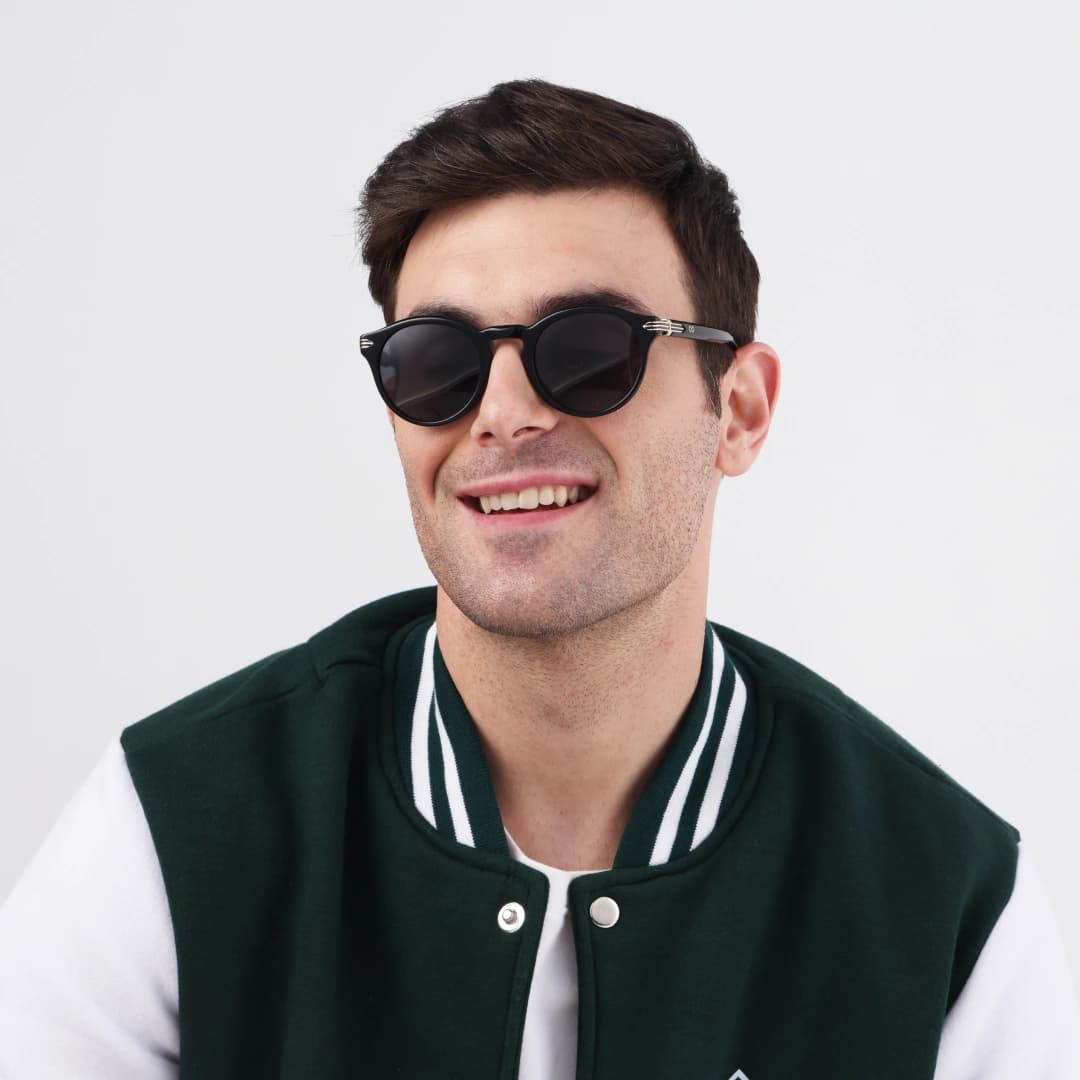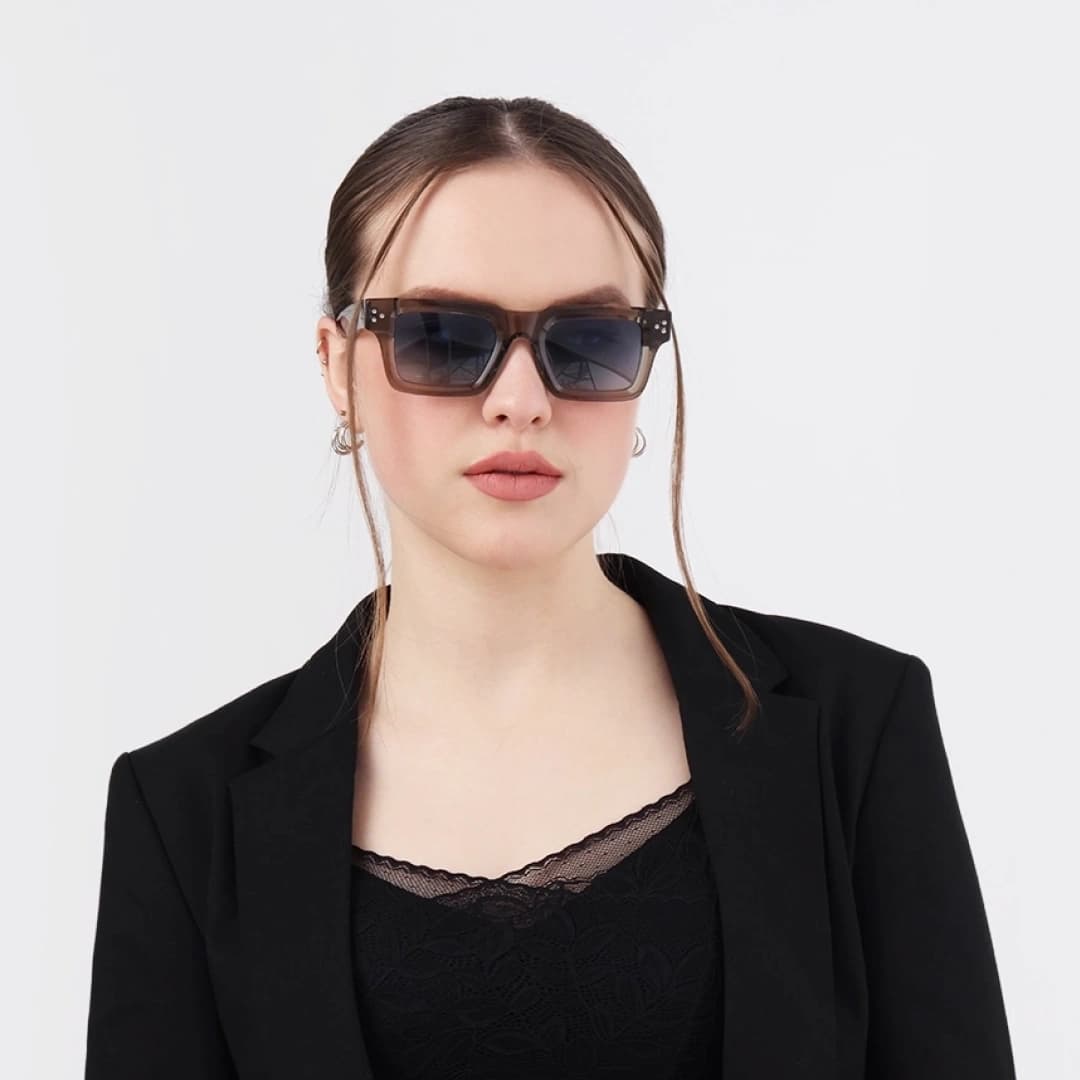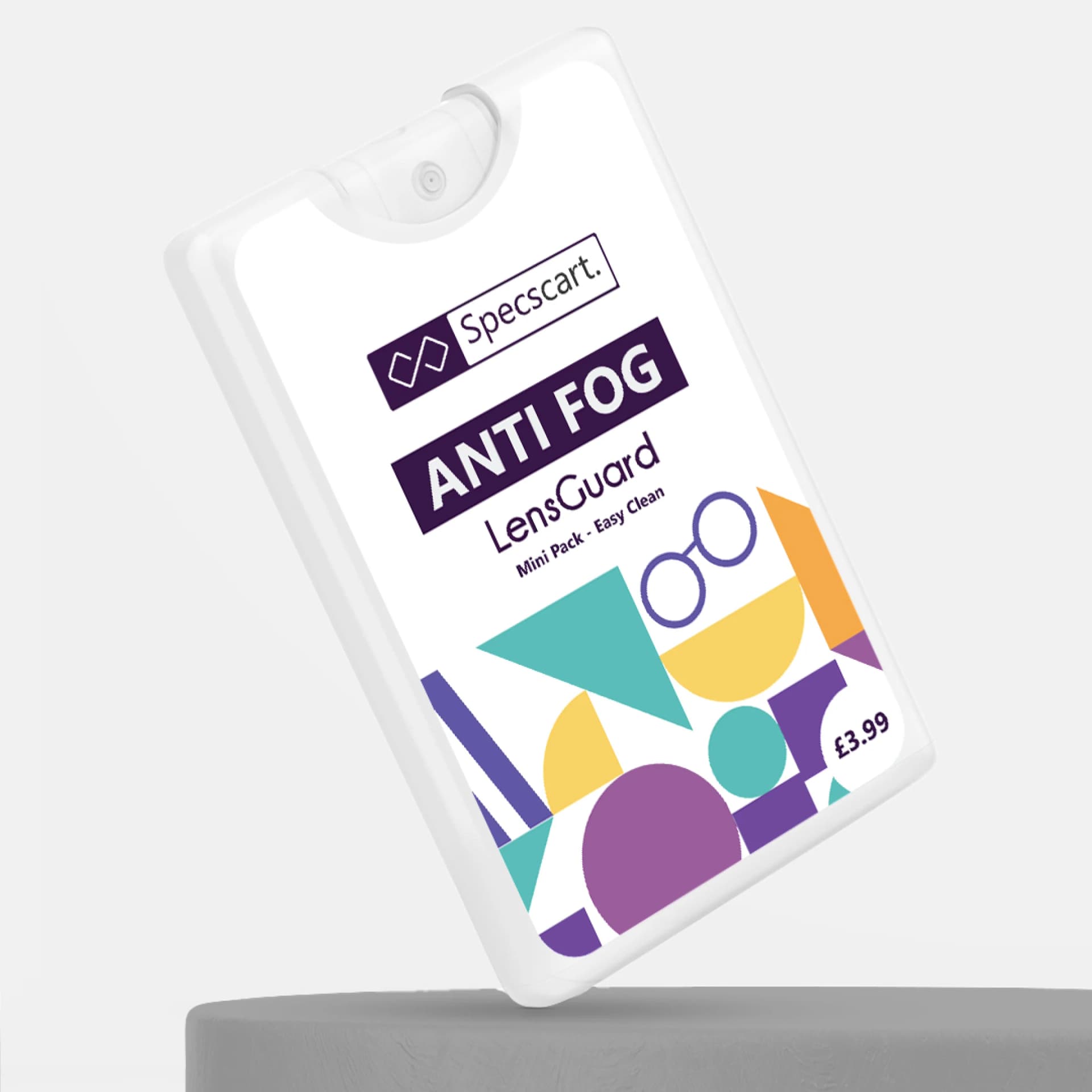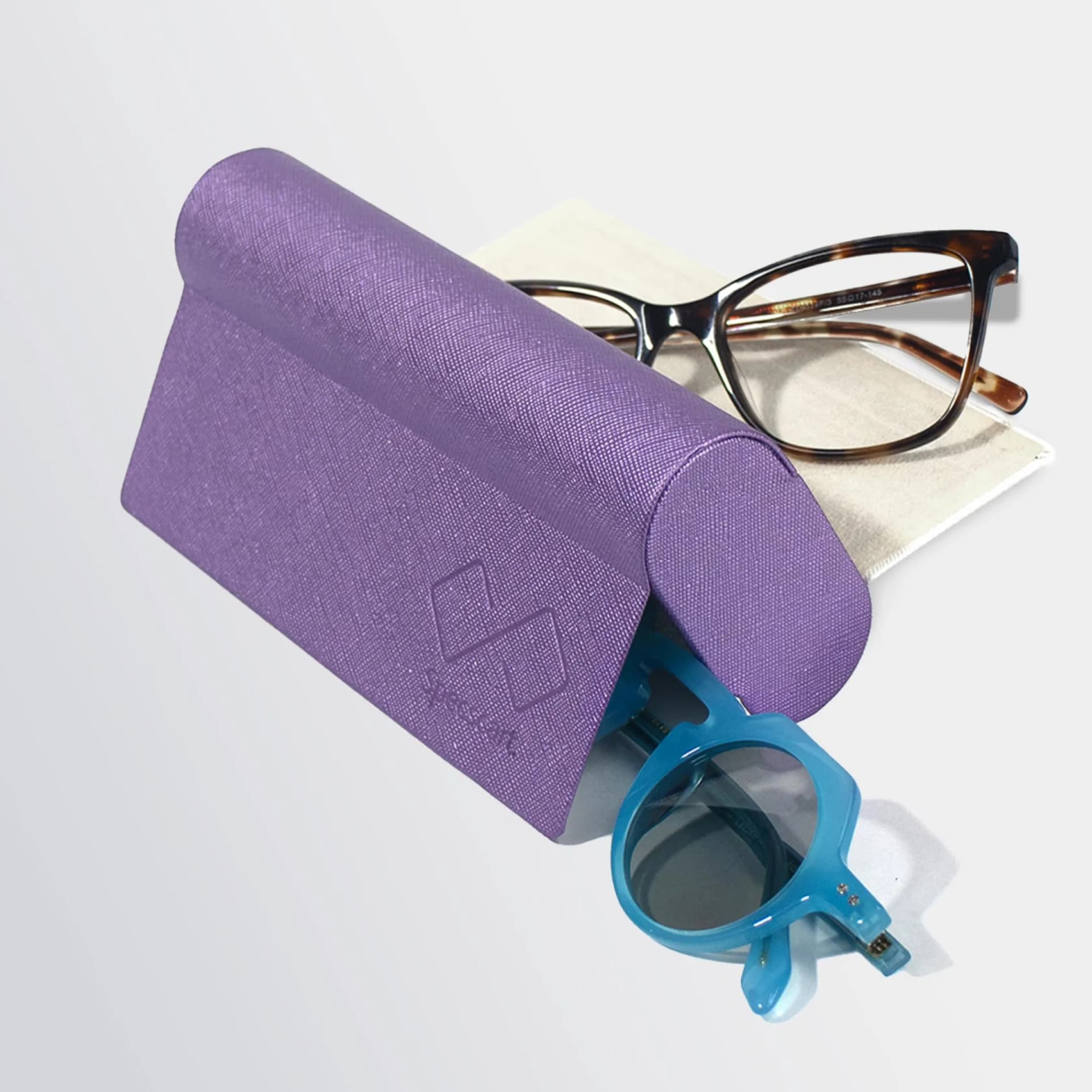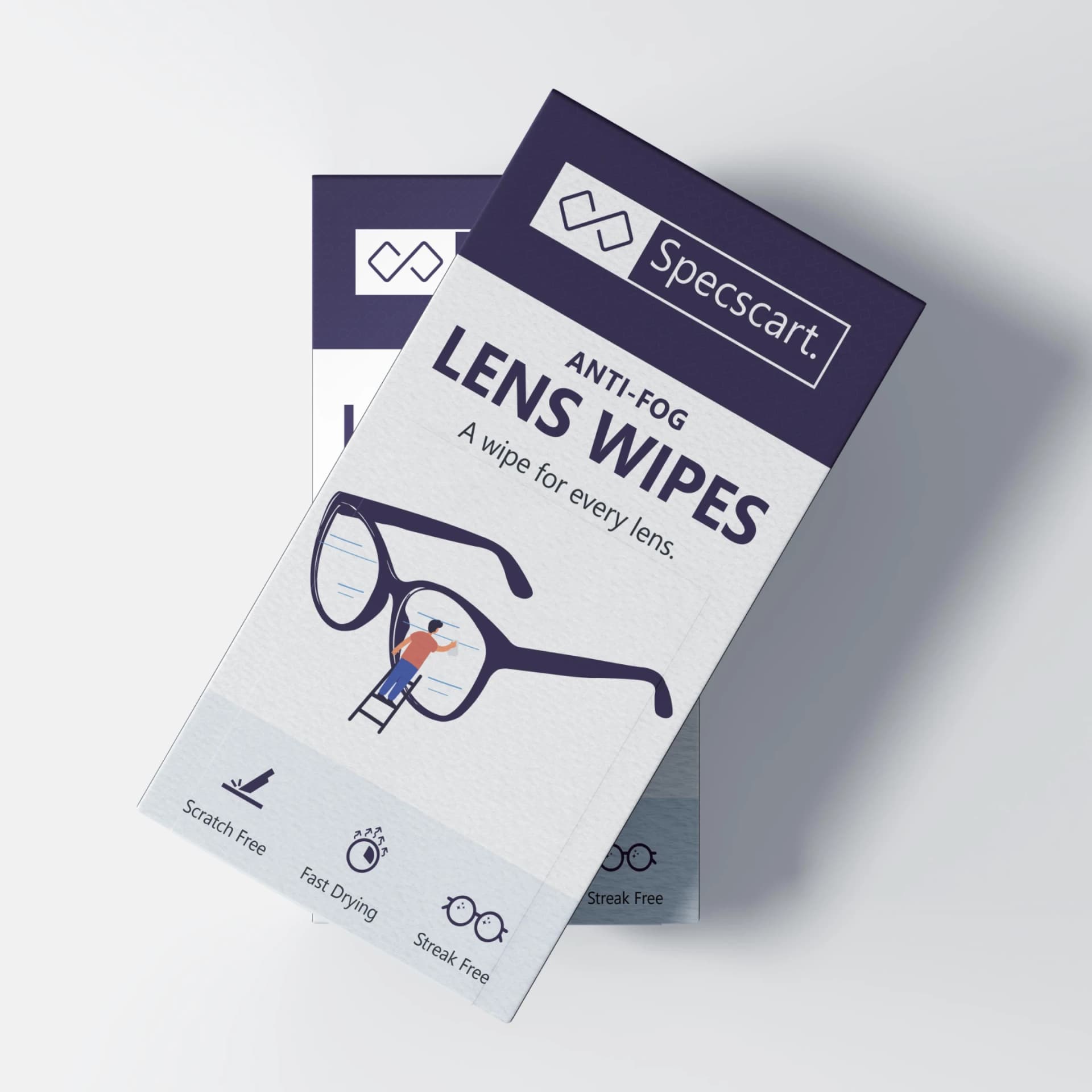There’s a different kind of excitement that takes over me every time ski season is around the corner. To be honest, as soon as I see the first snow, a mental countdown begins to feel the crisp mountain air and that first exhilarating glide down the slopes. Preparations naturally start early, like planning leaves, checking boards, boots, and most importantly, making sure my ski goggles are ready. Earlier, I used to treat them as just another piece of gear. But after spending time at Specscart and seeing the thought behind every small detail, my perspective completely changed. Trust me, the right goggles can be the difference between a great run and a frustrating one. In this blog, let’s dive into the key factors to consider when choosing the right ski goggles for your adventures.
Why Do We Need Ski Goggles?

People who have been skiing, whether as a beginner or as an experienced one, will agree that ski goggles are not an optional gear. One of the most crucial factors remains the harmful UV rays in the mountains, which become even stronger at higher altitudes. They can cause long-term damage to your eyes, and ski goggles with UV 400 protection block 100% of these harmful UVA and UVB rays. Another reason remains the strong wind, snow, and debris that can come flying in your eyes while skiing. Ski goggles protect your eyes from these while offering you uninterrupted vision. They also reduce the glare of the sun, which makes it easier for you to detect changes in terrain that might otherwise be difficult to see.
What Differentiates Ski Goggles From Sports or Snow Sunglasses?
It’s a common question: why not just use sports or snow sunglasses instead of investing in ski goggles? After all, they also block UV rays and reduce glare. The major difference remains the material and design of the goggles. They make them capable of handling all the challenges you will encounter on the slopes to ensure a comfortable vision. Features like magnetic interchangeable lenses, anti-fog coating, prescription inserts, shatter-proof design, and a ventilation system to prevent condensation buildup inside the lens make them a must-have for skiing or snowboarding adventures.
Key Factors to Consider While Buying Ski Goggles

Fit and comfort
Even the most advanced or expensive ski goggles won’t do you any good if they don’t fit properly or feel uncomfortable after a few minutes. A good pair should sit snugly against your face with a soft foam seal that blocks wind and snow without digging into your skin. The straps should adjust easily and be long enough to fit around your ski helmet so that there aren’t any gaps letting in cold air. To make sure the goggles stay put, many models also come with anti-slip straps, and in our Actics range, the added multi-layered foam ensures comfort even during long hours on the slopes.
Lens types and shapes
The lens type and shape also play a crucial role. While it’s natural to think polarised sunglasses would be a good option because they block glare, they aren’t recommended for skiing. The reason is that polarisation can actually make it harder to distinguish between snow and ice, which is something you don’t want when you’re racing down a slope. Instead, the advanced ski lenses used in our ski goggles are a safer choice. Our Actics goggles include two interchangeable advanced ski lenses, designed for different lighting conditions, and they attach magnetically to the frames, which makes it effortless to switch when the weather changes.
Anti-fog lens coatings
Another factor to look for is an anti-fog lens coating. Skiing often means cold temperatures combined with heavy breathing and plenty of exertion, which makes fogging a common problem. There’s nothing worse than charging down a slope only to have your view blocked by condensation. This is why high-quality goggles come with double-layered lenses, where the inner side is treated with an anti-fog coating to keep your vision clear.
Air ventilation system
For more advanced skiers, an anti-fog coating alone might not be enough. Longer sessions and more challenging conditions demand an effective air ventilation system that circulates air and keeps moisture balanced inside the lens. Our Eagle model, for example, is equipped with an advanced ventilation system to ensure that the lenses remain clear even during intense runs.
Different lens tints and visible light transmission (VLT)

Lens tints and visible light transmission, or VLT, are another important consideration. Specific tint colours work best for different weather conditions. For instance, grey or brown tints allow in less light, making them perfect for bright, sunny days, while lighter shades like yellow or pink allow in more light and are better suited for cloudy or low-light conditions. Simply put, the higher the VLT, the more light passes through the lens, and understanding this can make a big difference to your skiing experience. That’s why Actics ski goggles come with two lenses of different tints so that you can comfortably switch the lenses based on the lighting or weather conditions.
Prescription-compatible ski goggles
Finally, prescription compatibility is something many people overlook. Skiing without clear vision is not only frustrating but also unsafe. There are two main solutions available for skiers who wear glasses. The first is OTG, or Over the Glasses goggles, which let you wear your regular glasses under your ski goggles, though this often leads to discomfort and fogging. The second, and far more comfortable, option is prescription inserts. Our Actics ski goggles come with customisable prescription inserts at no extra cost. They offer a clear vision without the bulk or the pressure points of OTG setups.
Finding the Right Ski Goggles for Your Needs

Choosing the right pair of ski goggles really comes down to your experience level and what you expect from your gear. If you’re an amateur skier or someone who enjoys hitting the slopes casually, our Falcon series is a fantastic starting point. It’s built to deliver all the essentials like UV400 protection, anti-fog coating, helmet compatibility, and a shatter-proof frame. The 16-magnet mechanism makes swapping between the two advanced ski lenses quick and effortless. With an adjustable anti-slip strap and a prescription insert included as standard, the Falcon offers both practicality and comfort for those still finding their rhythm on the slopes.
For advanced or professional skiers, the Eagle series raises the bar. Designed for performance in more demanding conditions, it comes with an even stronger 18-magnet lens attachment system. It also features a dedicated air ventilation system to keep your vision clear even during long and intense runs. If you’re someone who pushes your limits and wants gear that matches your pace, the Eagle delivers everything you need for a seamless snow adventure.
To Sum It Up

At the end of the day, ski goggles aren’t just another piece of gear you throw into your bag. They keep your vision clear, your eyes protected, and your focus locked on the thrill of skiing. From comfort and fit to lens technology and fog prevention, the right pair makes all the difference in how you experience the slopes. That’s exactly why we created the Actics range with the purpose of bringing together safety, comfort, and performance in designs that work for both first-timers and seasoned skiers. Whether you see yourself gliding down beginner slopes with Falcon or tackling challenging terrains with Eagle, your goggles should help you enjoy every run without distraction.
Caution: You may become style obsessed
Your way finder
2000+ Trendy Styles

Fashion Forward Sunnies




















